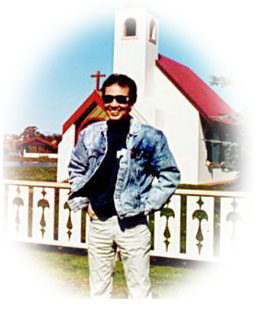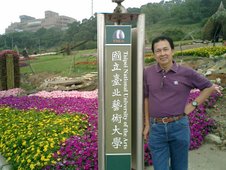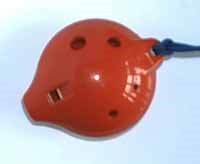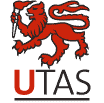Royal Tasmanian Botanical Gardens

นักท่องเที่ยวไทยเรายังไม่ค่อยนิยมไปเดินชมสวนสาธารณะในต่างประเทศมากนัก หากเทียบกับคนต่างประเทศอย่างออสเตรเลียหรือแม้แต่ประเทศเล็กๆอย่างไต้หวันที่นั่นเขาสร้างสวนสาธารณะไว้มากมาย
นิสัยการเดินชมสวนสวยของเรานั้นหากเทียบกับคนยุโรปแล้ว เรายังห่างไกลเขามาก ประกอบกับสวนสาธาณะในบ้านเรานั้นยังน้อยอยู่ เมื่อเทียบกับจำนวนพลเมืองและพื้นที่
หากไปเที่ยวโฮบาร์ตแล้วก็ขอแนะนำให้ไปเดินเที่ยว Royal Tasmanian Botanical Gardens เพราะเป็นสวนเก่าแก่และจัดได้สวยมาก
สวนพฤกษชาติของโฮบาร์ตนี้ เดินไม่ไกลมาก อยู่ห่างจากในเมืองไปทางเหนือประมาณสองกิโลเมตร มีทางเดินตัดไปได้ไม่ต้องเดินไปตามทางหลัก สวนแห่งนี้ก่อสร้างขึ้นเมื่อ พ.ศ.๒๓๖๑ หรือเกือบสองร้อยปีมาแล้ว สวนแห่งนี้เก่าแก่เป็นอันดับสองของออสเตรเลีย สร้างขึ้นหลังสวนพฤกษชาติซิดนีย์เพียงสองปีเท่านั้น สวนทั้งสองแห่งที่ว่านี้นับเป็นสวนพักผ่อนหย่อนใจที่สวยที่สุดของออสเตรเลีย และสวนแห่งนี้ยังเป็นสวนที่เพาะพันธุ์ไม้เขตขั้วโลกใต้ต่างๆ ให้ดำรงพันธุ์อยู่ต่อไป
ภาพจาก Garden Tour





















